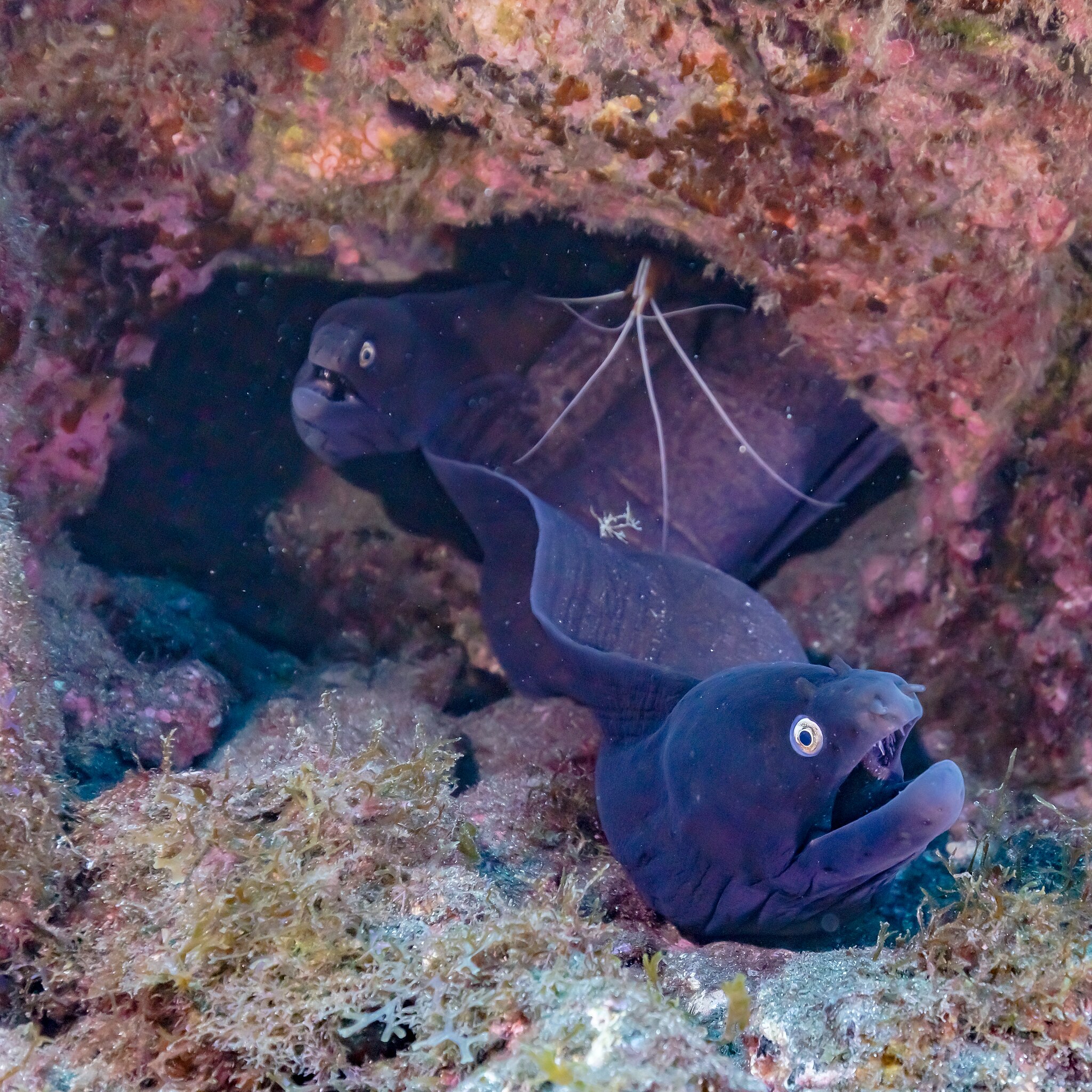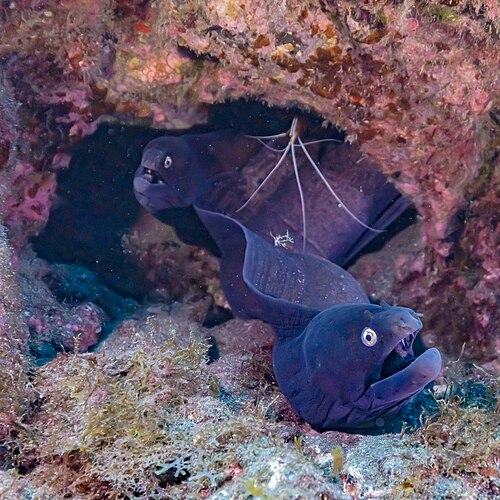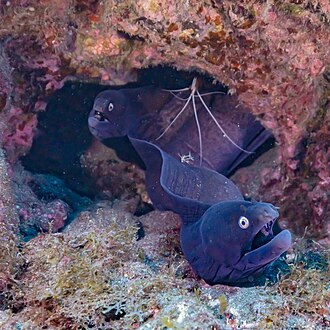<div class="mw-content-ltr mw-parser-output" lang="en" dir="ltr"><table class="toccolours floatright" style="width:300px;text-align:center">
<tbody><tr>
<th lang="en">Picture of the day
</th></tr>
<tr>
<td class="toccolours" style="padding:0"><span><a href="Morenas_negras_(Muraena_augusti),_franja_marina_Teno-Rasca,_Tenerife,_Espa%C3%B1a,_2022-01-09,_DD_52.jpg" class="mw-file-description"><img src="http://unitedyam.com/wp-content/uploads/2025/08/picture-of-the-daymoray-eels-muraena-augusti-and-a-cleaner-shrimp-lysmata-grabhami-teno-rasca-marine-strip-tenerife-spain-it-belongs-to-the-family-of-moray-eel-and-is-endemic-of-the-cana.jpg" width="300" height="300" class="mw-file-element" data-file-width="3948" data-file-height="3948"></a></span>
</td></tr>
<tr>
<td><div lang="en" dir="ltr" class="description en">Moray eels (<i>Muraena augusti</i>) and a cleaner shrimp (Lysmata grabhami), Teno-Rasca marine strip, Tenerife, Spain. It belongs to the family of moray eel and is endemic of the Canary Islands, Madeira and Azores. It is non-migratory, and dwells at a depth range of 0 to 250 metres (0 to 820 ft), most often at around 0 to 50 metres (0 to 164 ft). <i>Muraena augusti</i> is active during the night and hides in holes or crevices during the day. It can reach up to 100 centimetres (39 in) length and is a carnivore that feeds on small fishes, shrimps and crabs. Like all other moray eels their vision is poor but their sense of smell extraordinary.</div>
</td></tr></tbody></table></div>
#Image, #Art
Source: https://commons.wikimedia.org/wiki/Special:FeedItem/potd/20250820000000/en


